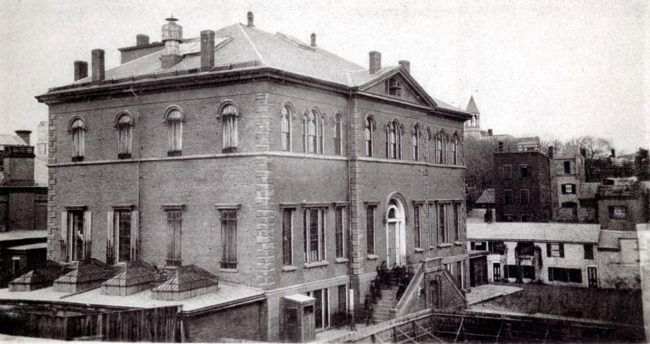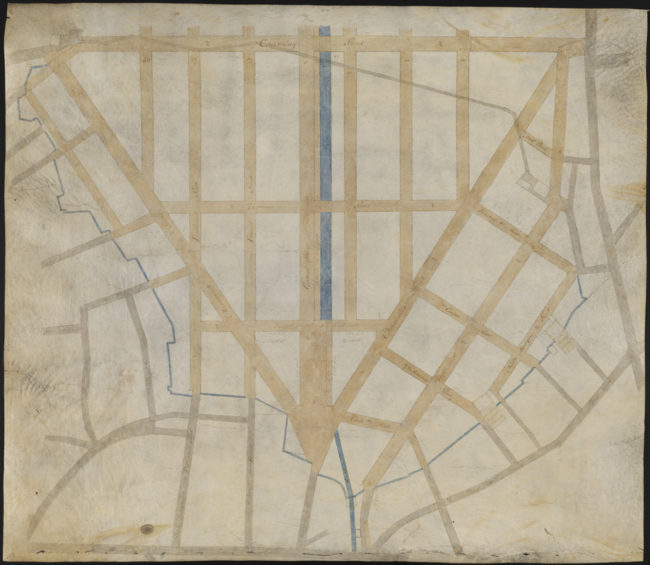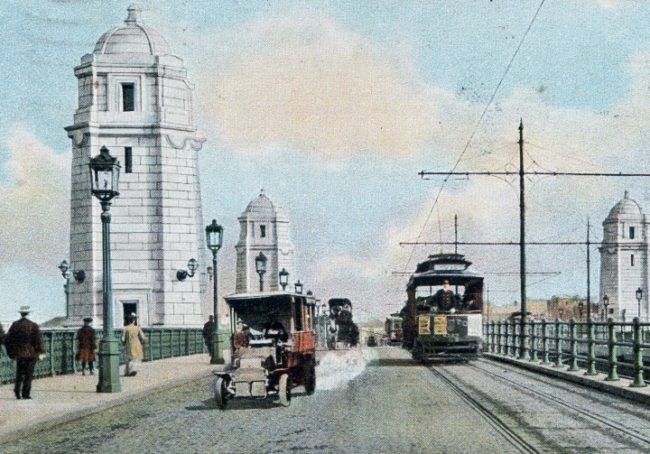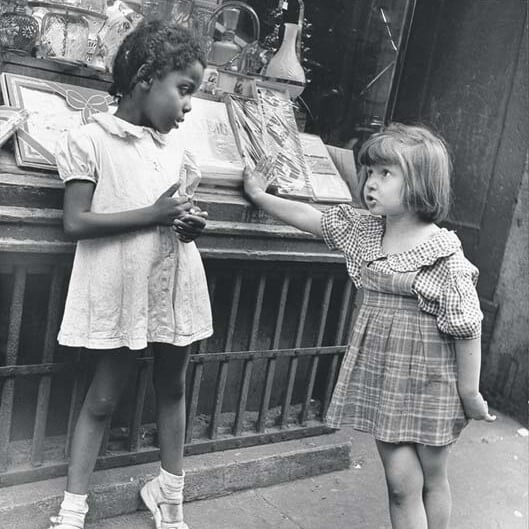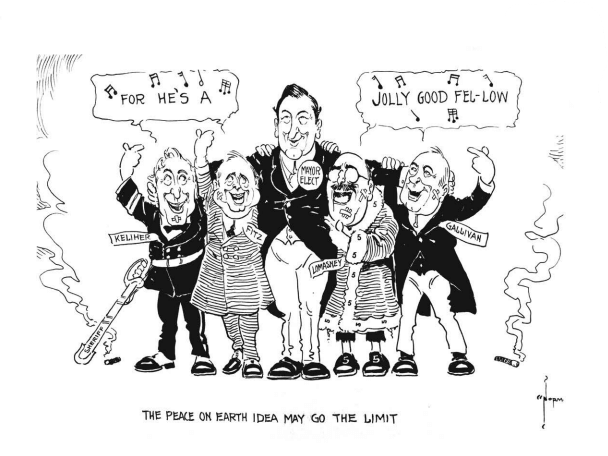The Parkman-Webster Murder Case
The Parkman-Webster Murder Case The 1849 murder of George Parkman in Boston stands as the most sensational case of its time, and the prosecution of John Webster is often described as the O.J. Simpson trial of the 19th century. This case had it all: a grisly murder, a wealthy victim, a respected suspect, a dubious…


